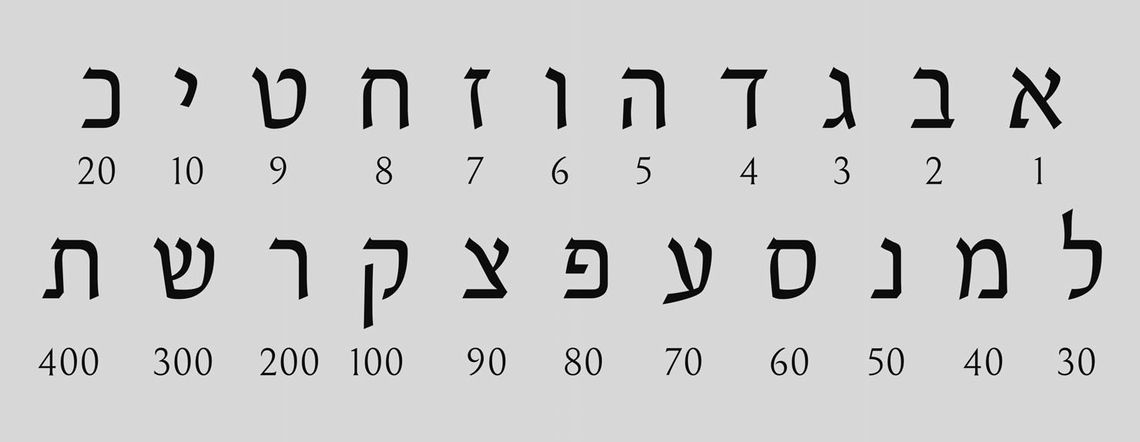Deliberately Diverse represents the individual thoughts and opinions of a group of Taylor friends who almost never completely agree about anything but are gratified by the opportunity to stimulate deliberately diverse discussions in our beloved community. Today’s represents the opinions of Frances Sorrow, not the Taylor Press.
Many years ago, a rabbi told me that writing and preaching a one-hour sermon each week was the equivalent of writing and starring in a one act play each week. That is probably why many theological institutes place so much emphasis on homiletics, or the art of writing and/or preaching sermons. The Bible, of course, provides the inspiration for many of these sermons.
But in the Middle Ages, rabbis developed a technique to encourage inspiration. It is no longer popular, but modern rabbis occasionally reference it. The technique is called gematria, which literally means calculations.
Anyone reading the Bible quickly realizes it’s repetitive numbers. For example, both Moses and Jesus spent 40 days in the desert. The Israelites spent 40 years in the desert. The list goes on and on.
Due to the fact that every Hebrew letter also has a numeric value, each word or phrase also equates to a number.
For example, Aleph the first letter equals one, while Tav the 22nd letter equals 400. The Hebrew alphabet is made up on only consonants. Vowels are dots or dashes, usually below the letter.
So, the most basic form of gematria is to add the numeric values of the word, name or phrase, and then look for words with equal or contrasting values. Then a sermon could be written to bring new light into the biblical account being discussed.
One of the most classic examples is found in Genesis 14:14. In the account, Abraham takes with him 318 men to rescue his nephew Lot from marauding kings.
However, Abraham’s servant Eliezer’s name adds up to 318 so a sage might speculate that only Abraham and Eliezer rescued Lot.
Another classic gematria discussion was derived from the Torah — Five Books of Moses.
There are 613 mitzvot (commandments) in the Torah. But the letters in Torah only add up to 611. The rabbis determined that although God gave the Torah to all the people at Mt. Sinai, all the Israelites only heard the first two commandments spoken by God. The remaining 611 were conveyed by God to Moses who then shared them with all the people.
Gematria has many variations over time, such as subtraction or adding values to the five letters, which take different forms. If you wish to know more of the Hebrew letters’ numeric values, there are many sites on the internet with this information.




